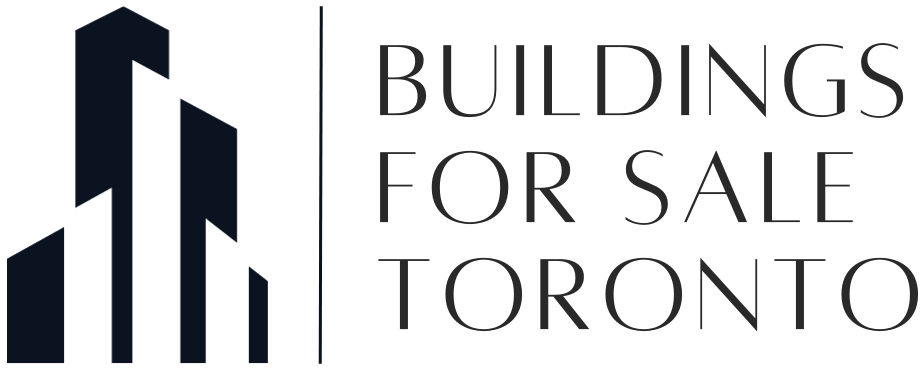Capital Expenditures? What are they and How to calculate them?
When it comes to real estate investment in Canada, there’s a financial concept you need to grasp, and it is called “Capital Expenditures,” often referred to as “CapEx.” Think of CapEx as the expenses you’ll encounter to keep your property in good shape and improve its value over time. Understanding CapEx is vital. In this blog, we will break down Capital Expenditures, what they cover, and how to calculate them. By the end, you’ll know how to make better financial decisions, protect your investments, and ensure your real estate portfolio thrives for the long haul.
Capital Expenditures, often referred to as “CapEx,” represent the financial investments allocated to obtain, upgrade, or maintain a property, including equipment acquisition. These expenditures are categorized as CapEx if they involve new purchases or serve to extend the property’s lifespan, such as repairing the roof, installing a furnace, or repainting the building. Accurate assessment and consideration of both current and future CapEx are critical when determining a property’s value. Property owners must also incorporate CapEx into their rent calculations. Failing to account for or miscalculate CapEx could result in setting rent rates too low, leading to financial losses and negative cash flows for property owners.
Here are some of the most common capital expenditures in real estate:
- New HVAC equipment
- Major appliances
- A complete overhaul of the plumbing
- A complete overhaul of the electrical work
- Bathroom remodels
- Kitchen remodels
- New roofs
- New windows
- New flooring
- Balcony repairs
- Siding
- Paving or repaving a parking lot
- Waterproofing of building or envelope
- Additions to the property
Minor repairs and maintenance are typically not classified as capital expenses. For instance, replacing an entire roof is a capital expense, whereas repairing a small roof section falls into regular operating costs. The new roof prolongs the property’s lifespan, while minor repairs merely maintain its current usefulness. Similarly, purchasing a new furnace is a capital expense, while replacing furnace components is standard repair work. Upgrading an electrical panel is likely a capital expense, but replacing a light fixture is not.
Calculating Capital Expenditures is very easy. As an investor, it’s your responsibility to estimate the replacement timeline for major items. To create a capital expenditure budget, list these big-ticket items and their expected lifespans. Additionally, assess the status of each item in its useful life. This comprehensive list helps you plan for each expenditure. Once you’ve identified each expenditure, you can now use this simple formula to get the Capital Expenditure.

Let me give you a better example; for instance, a new roof costs approximately $50,000 and typically lasts 20 years. To calculate the annual CapEx, divide $50,000 (total replacement cost) by 20 years (expected lifespan) to get $2500 per year for roof-related expenditures. Apply this method to all significant maintenance items to estimate your yearly spending. If needed, break these expenses into monthly budgets for greater convenience.
Since this money isn’t being spent yearly, it sits in a reserve account and can be invested in vehicles such as GIC, where your capital is protected and income guaranteed. This way, you can also use compounding interest to minimize your cash outlay and maximize your IRR for every dollar within the investment.
In conclusion, Capital expenditures are among the largest, yet necessary expenses tied to investment properties. It’s true; you must invest money to reap rewards, and CapEx is no different. You can’t avoid them, so it’s wise to budget for them. Successfully managing a real estate business means not only accounting for these expenses but also budgeting for them wisely.

